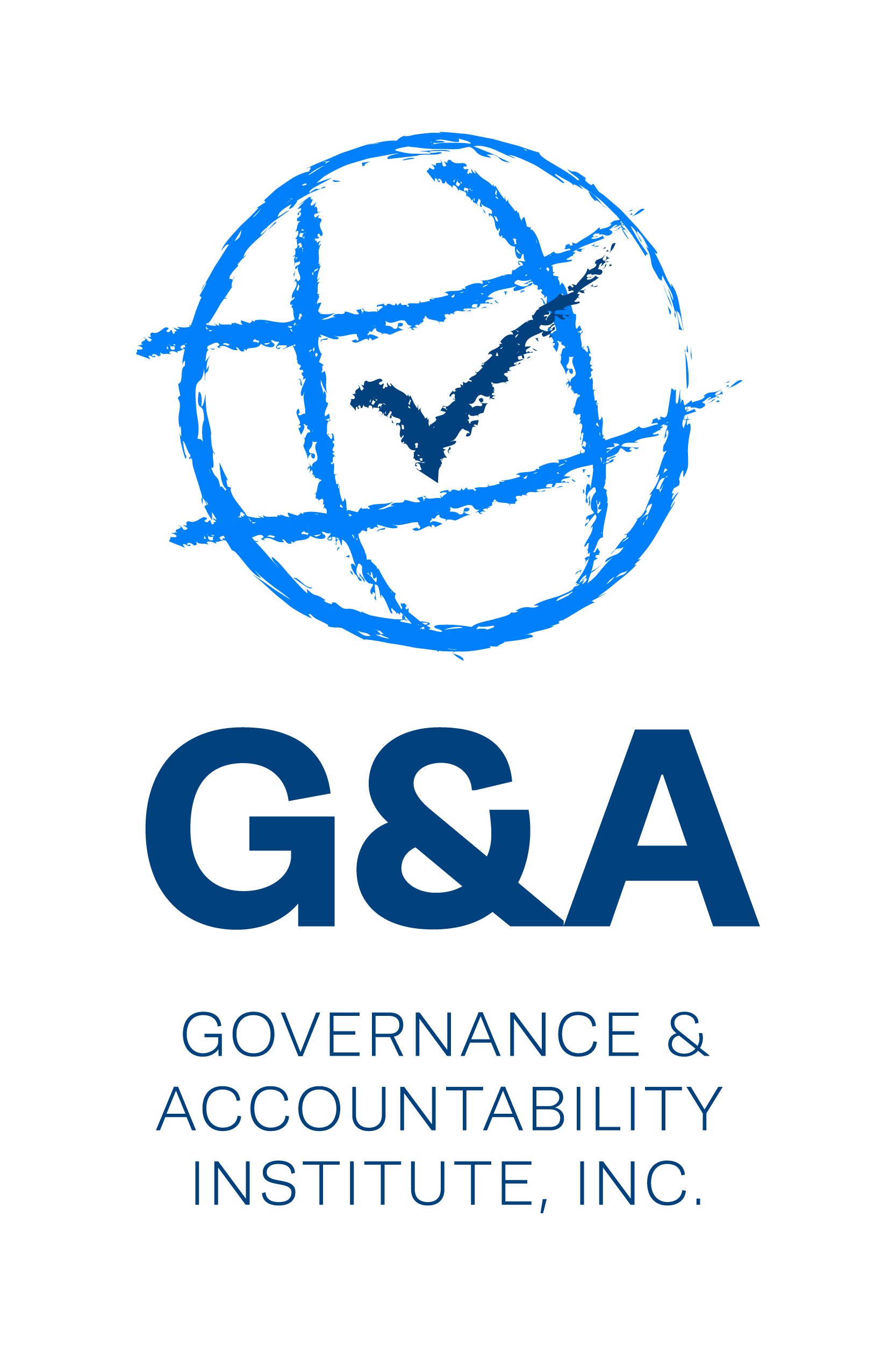60% of the Russell 1000 Published Sustainability Reports in 2018 -- Trends Among Large-Cap, Publicly-Traded U.S. Companies Included in the Russell 1000® Index -- G&A Institute Shares Research Results
G&A's Sustainability Highlights (09.12.2019)
Topline
60% of the Russell 1000 Published Sustainability reports in 2018, however of the smallest 500 by market cap only 34% are reporting, compare to 86% of the largest 500. Click here for more details.
How many times today do you think you looked at or mentioned a stock index to colleagues?
Some days investor and corporate conversations are about stock index performance (up, down and sideways!). Stock indexes, explains Investopedia, are our powerful indicators for specific economies (such as that of the U.S.A.) and we are of course familiar with the bold face names whose “performance” many media report on constantly – the “Dow” (DJSI), Nasdaq Composite and S&P 500.
There are thousands more used by investors as benchmarks for the analysis of their own performance “against the benchmark”. Investable products are created using the benchmarks (the intellectual property of their owners (such as the Dow and various S&P indexes, like Real Estate, Energy, Consumer Staples, etc.).
The familiar S&P 500® (launched in 1957) has 500 of the largest U.S. companies by market cap and other factors and represents about 80 percent of the total value of the U.S. stock market (it is market-weighted, or capitalization weighted). This is owned by S&P Global Inc. and its S&P Dow Jones Indices units provide a wide range of indexes/benchmarks for global investors.
The 500 and other large-caps are represented as well in another large index universe -- the Russell 1000 Index, owned by LSE (the London Stock Exchange). This benchmark for large-cap companies is used by investors to go beyond the S&P 500 to include up to 1,000 of the large-cap U.S. equities, including the S&P 500 companies.
The S&P 500 Index companies are the largest companies with US$8 billion or more in market cap, 50% float, certain liquidity and positive earnings.
The Russell 1000 Index is a subset of the broad Russell 3000 Index® and represents the largest 1,000 companies in the U.S. equity market (the largest is Microsoft). About 90% of the total market cap of all U.S. listed stocks are represented by this important bellwether index, says Investopedia.
Each year since 2011 the analyst team at G&A Institute has tracked the S&P 500 companies’ ESG reporting activities. That first year we found just about 20 percent of the companies publishing “sustainability, responsibility, citizenship” et al reports.
In 2012 that number rose dramatically to more than half of the companies publishing such reports (53%). Then each year after the number steadily rose (to 72% in 2013 and up to 86% in 2017).
This is just the introduction of G&A's Sustainability Highlights newsletter this week. Click here to view full issue.

